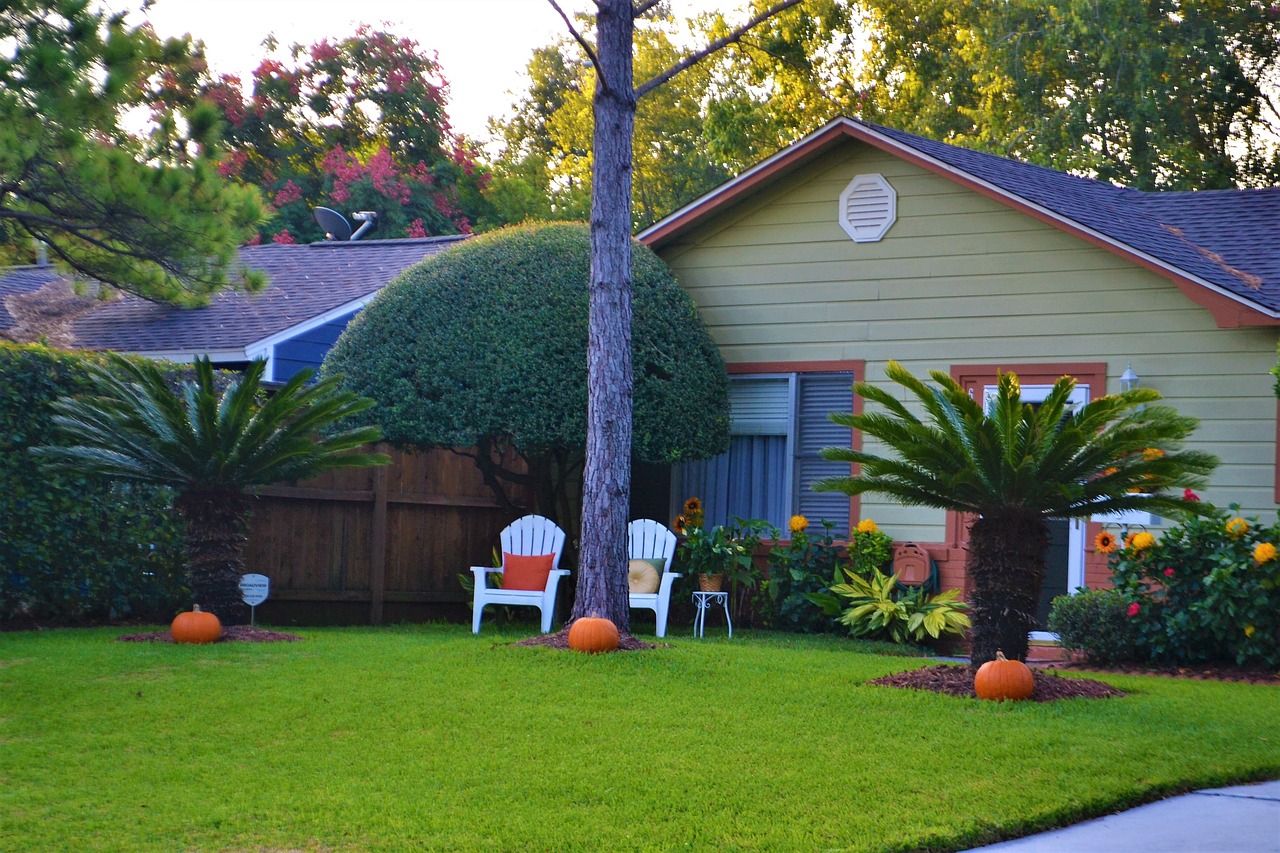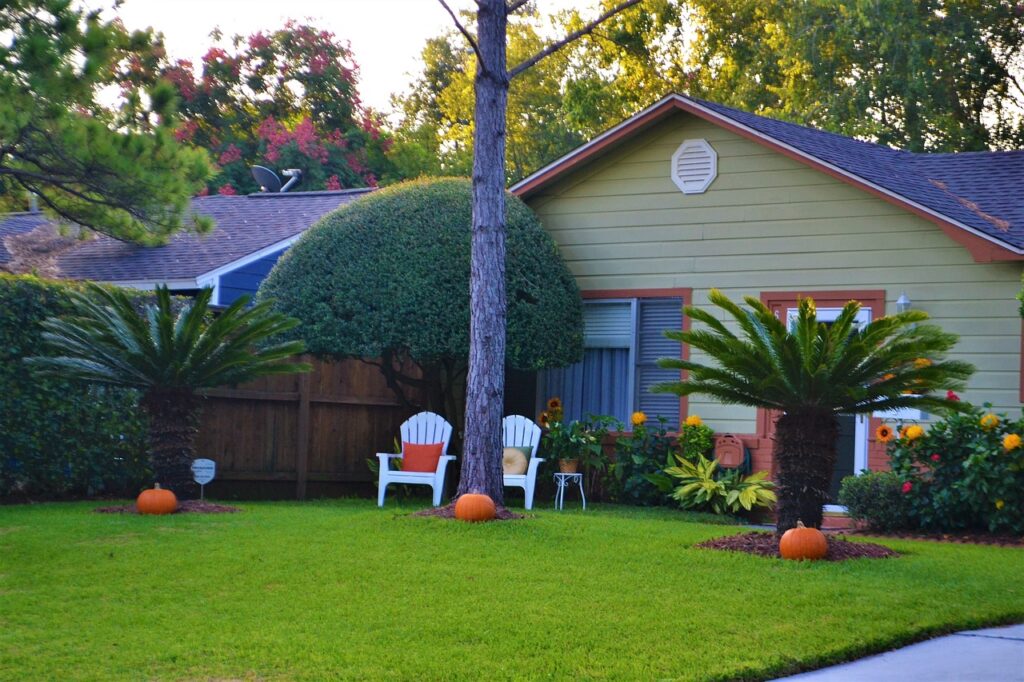
The Homeowner’s Guide To Safe And Effective Mold Removal
Are you worried about the presence of mold in your home? Mold can not only damage your property but also pose serious health risks to you and your family. As a homeowner, it is your responsibility to take action to remove mold safely and effectively. This guide will provide you with the necessary information and techniques to identify and remove mold from your home.
First, it is important to understand the dangers of mold. Exposure to mold can cause a variety of health problems, including respiratory issues, allergies, and even neurological problems.
Mold thrives in damp and humid environments, making it a common problem in homes with moisture issues. As a homeowner, it is essential to be proactive in identifying and removing mold in order to protect the health and safety of your family.
With the right tools and techniques, you can effectively remove mold from your home and prevent it from recurring in the future.
Understanding Mold and Its Health Risks
You need to understand the potential health risks associated with mold and how to identify it in your home. Mold spores are present in the air we breathe, but when they grow and multiply in damp areas, they can release harmful toxins that can cause respiratory symptoms such as coughing, wheezing, and nasal congestion.
It’s crucial to take mold growth seriously and address it promptly to prevent health problems. To identify mold in your home, look out for visible signs such as black or green spots on walls, ceilings, and other surfaces. You may also detect a musty odor in the air.
Moisture control and prevention are the keys to avoiding mold growth. Fix any leaks in your plumbing or roof, keep humidity levels below 60%, and ensure proper ventilation in areas prone to dampness such as bathrooms and kitchens. By taking these measures, you can protect your health and your home from the dangers of mold.
Identifying Mold in Your Home
Identifying mold in your residence can be accomplished by examining areas with excess moisture or discoloration on walls, ceilings, and floors. Common mold types found in homes include Aspergillus, Cladosporium, and Stachybotrys.
Aspergillus and Cladosporium are typically found on damp surfaces such as walls, ceilings, and floors, while Stachybotrys thrives in areas with excessive moisture such as leaking pipes and water damage.
It’s important to identify and address mold growth as soon as possible to prevent potential health symptoms caused by mold exposure. These symptoms include respiratory issues, such as coughing and wheezing, as well as headaches, fatigue, and skin irritation.
If you suspect mold growth in your home, it’s recommended to contact a professional mold removal service to assess and safely remove the mold.
Safe and Effective Mold Removal Techniques
Take a look at different techniques that can be used to get rid of mold and ensure a healthier living environment.
Natural remedies are a great option for those who prefer a chemical-free approach. Tea tree oil, for example, has antifungal properties and can be mixed with water to create a natural mold killer. Vinegar is also effective in killing mold and can be mixed with baking soda to create a paste that can be applied to moldy surfaces.
If you prefer DIY solutions, there are a few options that you can try. Scrubbing the affected area with a mixture of bleach and water can be effective in removing mold. However, it’s important to remember to wear protective gear such as gloves and a mask to avoid inhaling the fumes.
Another DIY solution is using hydrogen peroxide, which is a natural and safe alternative to bleach. Simply spray the affected area with the solution and let it sit for 10-15 minutes before wiping it away.
Regardless of the method you choose, it’s important to address mold growth as soon as possible to prevent further damage and ensure a healthy living environment.
Preventing Future Mold Growth
To ensure a mold-free environment, it’s crucial to maintain proper ventilation and control moisture levels in your home. This means keeping your home well-ventilated by opening windows and using fans in areas prone to moisture buildup, such as the bathroom and kitchen.
Additionally, make sure to repair any leaks as soon as possible and regularly check areas such as the attic and crawl space for any signs of moisture or water damage. Moisture control is also important in preventing future mold growth. This can be achieved by using dehumidifiers in areas with high humidity levels and ensuring proper drainage around your home’s foundation.
It’s also important to monitor indoor humidity levels and keep them between 30-50% to prevent mold growth. By taking these steps, you can help keep your home free of mold and ensure a healthy living environment for you and your family.
When to Call in the Professionals
If you’re experiencing persistent moisture issues or notice a musty odor in your home, it may be time to consider bringing in professional help for mold remediation.
While DIY methods may seem like a cost-effective solution, they may not always be effective in completely removing mold and preventing future growth.

Professional mold remediation companies have the necessary equipment and expertise to properly identify and remove mold, as well as address any underlying moisture issues that may be contributing to its growth.
When deciding whether to hire a professional mold remediation company, it’s important to consider the cost comparison between DIY methods and professional services.
While DIY methods may seem cheaper upfront, they may end up costing more in the long run if the mold is not completely removed and continues to grow.
Professional mold remediation companies may also be able to work with your insurance company to cover some or all of the costs.
Ultimately, the decision to hire a professional should be based on the severity of the mold growth and your own level of expertise in mold removal.
Frequently Asked Questions
Can mold grow in places other than bathrooms and basements?
Mold can grow in any room with moisture and poor ventilation. Attic mold can be caused by roof leaks and kitchen mold can be caused by cooking steam. Regular cleaning and ventilation can prevent mold growth.
Is it necessary to wear protective clothing during mold removal?
When removing mold, it is essential to wear proper gear to protect yourself from the risks associated with exposure. This includes gloves, goggles, a mask, and clothing that covers your skin.
Can mold spores be harmful if they are not visible?
Yes, mold spores can harm your indoor air quality and cause health effects even if you can’t see them. They can trigger allergies, respiratory problems, and other health issues. Protect yourself by using proper ventilation and mold remediation techniques.
How long does it take for mold to grow after a water damage incident?
After water damage, mold can grow within 24-48 hours. Signs of mold growth include musty odors, visible mold, and water stains. Water damage prevention measures, such as fixing leaks and using dehumidifiers, can help prevent mold growth.
Can mold be completely eliminated from a home or will it always come back?
Yes, mold can be completely eliminated from a home but preventing recurrence is key. Testing for hidden mold is crucial as it often goes undetected. Proper remediation techniques and addressing water sources can prevent future growth.
Conclusion
So, now that you’ve got a better understanding of mold, how to identify it, and how to safely remove it, you can take action to protect your home and health.
Remember, prevention is key. Keep your home dry and well-ventilated, and address any leaks or moisture issues immediately. Regularly inspect your home for mold growth to catch potential problems before they become major issues.
However, if you do find yourself dealing with a large or persistent mold problem, don’t hesitate to call in the professionals. Mold remediation experts have the experience and equipment necessary to safely and effectively remove mold from your home, ensuring that you and your family are protected from the potential health risks.
With these tips and techniques, you can take control of your home’s mold situation and create a safe and healthy living environment.

Comments (0)